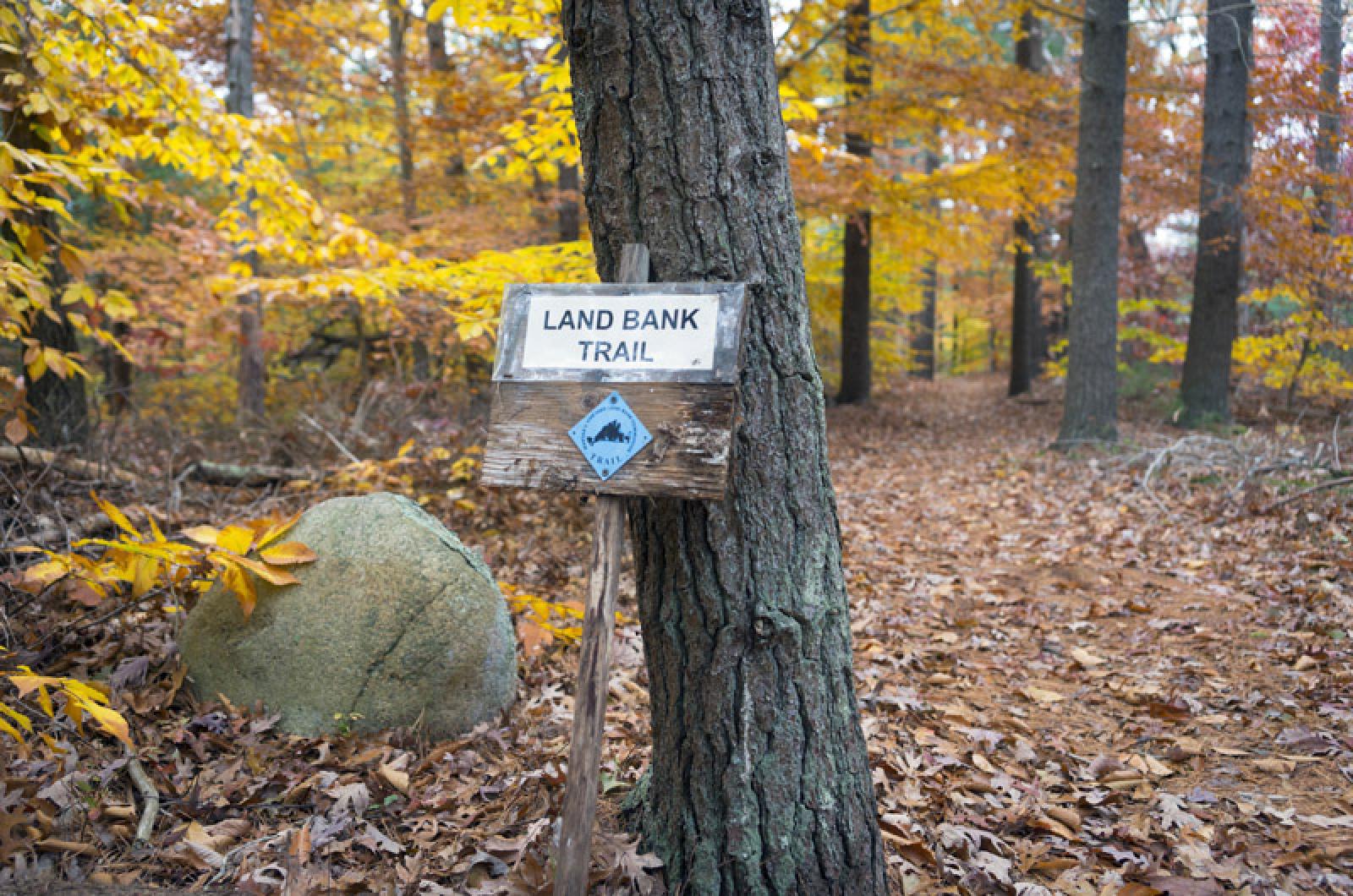For the second time in less than two years, the Martha’s Vineyard Land Bank broke a new record for fees last week, collecting $1.12 million in a single five-day period.
The last record set by the land bank for fees was in February 2015, when the public conservation agency collected $1,079,470 in a single week. A $22 million sale in Edgartown was largely responsible for the boost.
The land bank collects a two per cent transfer fee on most arm’s length real estate transactions with a few exemptions, including for first-time home buyers. The funds are used to buy public conservation land, aquifer protection and development rights to farmland on the Island.
A handful of large sales contributed to the boom at the land bank last week, including two in West Tisbury and two in Chilmark.
In West Tisbury, 17.6 acres changed hands at Paul’s Point for $14 million, sending $280,000 to land bank coffers. In a separate transaction, a property at Seven Gates Farm sold for $5.7 million; that sale sent $114,000 to the land bank.
In Chilmark, a property at South Abel’s Hill sold for $6.5 million, resulting in a $130,000 land bank fee. And a property in Menemsha changed hands for $6.3 million, sending $126,000 to the land bank.
Islandwide, real estate closings were brisk for the five-day period ending Nov. 18, with transactions in every town except Aquinnah.
Speaking to the Gazette by phone Tuesday, land bank executive director James Lengyel confirmed the record, but said there was no obvious explanation for it. “The previous week was very small, and this week there was some sort of alignment of the stars I suppose,” he said.
With $6.3 million collected in fees year to date, the land bank is now on track to exceed its $10.5 million projection for total revenues in 2016. Mr. Lengyel noted that the projections are always strictly conservative. In 2015, the land bank collected nearly $13.3 million in revenues.
Historically land bank revenues have followed an eight-year cycle of ups and downs, roughly mirroring broader economic cycles. Since 2008, the land bank has been in an upward cycle, with revenues climbing.




Comments (7)
Comments
Comment policy »